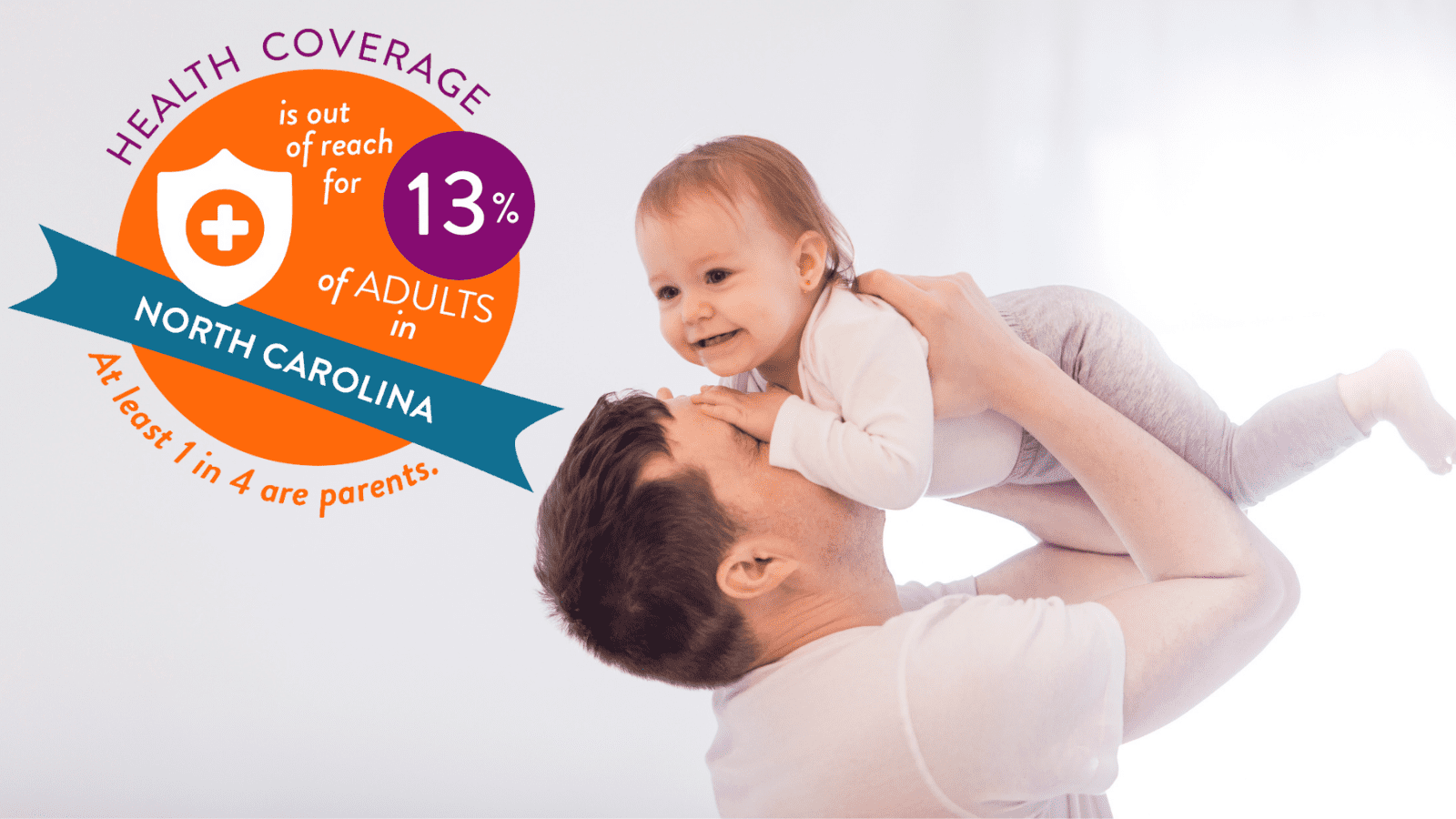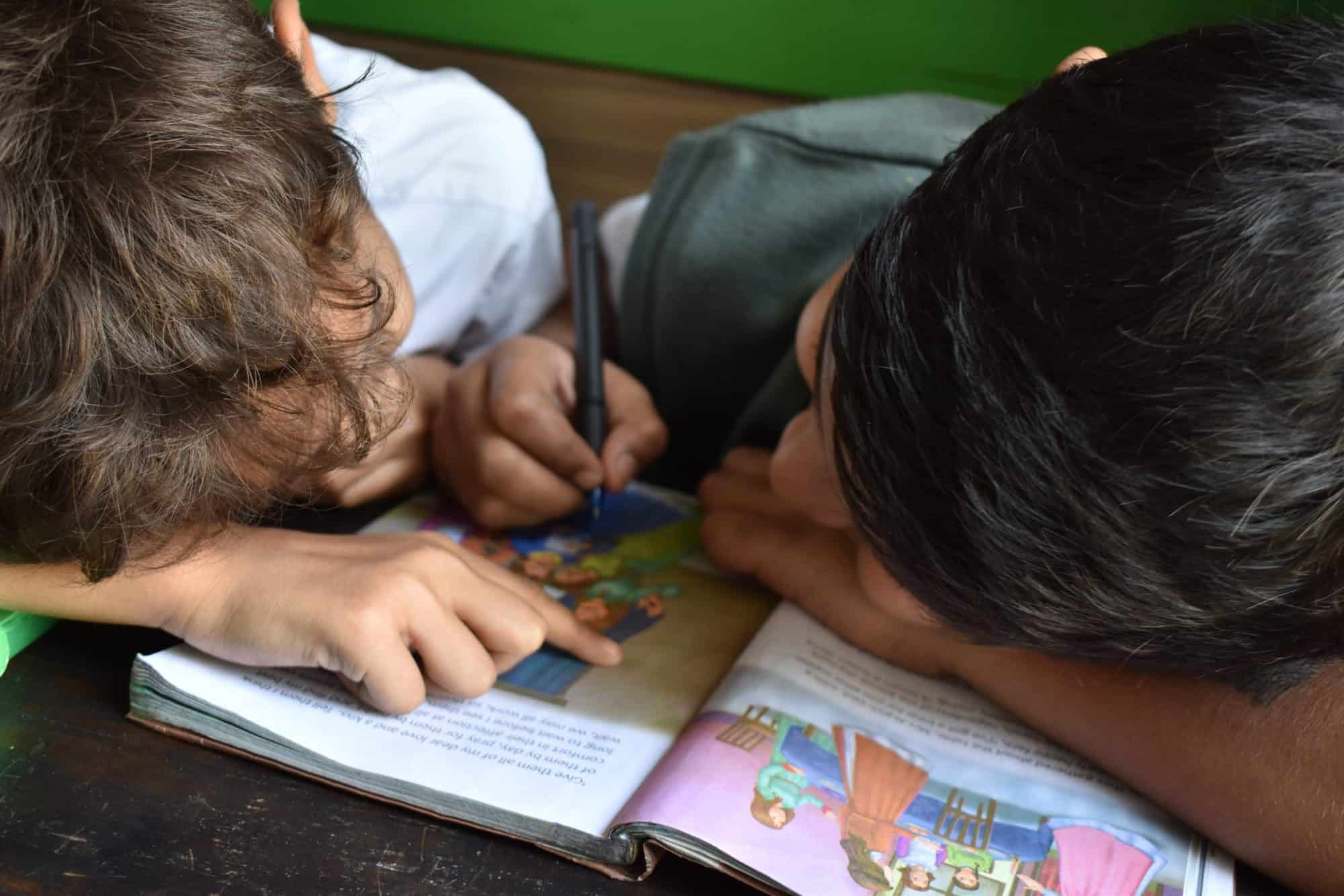As the American Rescue plan generates significant optimism about the potential to change child outcomes, NC Child’s annual County Data Cards highlight key indicators of child well-being that elected officials should track, and respond to, in their communities.
Explore your county’s data here.
Prior to the COVID-19 pandemic, North Carolina was seeing some improvement across key indicators of child health and well-being including child poverty, high school graduation rates, and health insurance coverage, among others. However, statewide data often masked stark differences across counties. Rural areas have seen slower progress in children’s health and economic opportunity since the Great Recession.
A closer look at local data stratified by race and ethnicity revealed significantly worse progress for Black and Latinx children, particularly in the areas of birth outcomes and infant mortality. These data reflect persistent structural issues like poverty and racism in our institutions that lead to inequitable outcomes for children and families.
The COVID-19 pandemic brought along a number of additional challenges to families including stressors like job loss, hunger, untreated health concerns, and isolation from friends, family, and community supports. As our country begins to emerge from the pandemic, strategic policy decisions can ensure that every family has the resources they need to fully recover from this crisis.
Health Coverage
Health insurance is a vital tool, not just for keeping people healthy, but to ensure family economic stability for the long term. The counties with the highest rates of uninsured children are mostly concentrated in the northeast corner of the state. More than 10% of children are uninsured in Perquimans, Graham, Hyde, Dare, Currituck, and Northampton counties. In Swain county 22% of children have no health coverage.
The American Rescue Plan contains several provisions meant to improve health coverage for low-income people. This includes a significant incentive for states like North Carolina to strengthen and expand their Medicaid programs.

Statewide, 13% of adults had no health coverage even before the pandemic struck – including many parents and caregivers that children rely on to care for them. That rate is undoubtedly higher now due to pandemic-related job loss. The highest rates of adults with no health coverage are in Swain, Duplin, Greene, Hyde, and Sampson counties, where 1 in 5 adults has no health coverage. Every NC county with an uninsured rate above the statewide average is a rural county, except for two. If North Carolina’s legislators were to accept the federal incentives to expand Medicaid, rural counties would benefit most of all.
Hunger
The pandemic has led to higher demand than ever for food and nutrition support – deepening a hunger problem that was already stark in many counties. North Carolina’s hungriest counties are concentrated mostly in the eastern part of the state: Washington, Tyrrell, Scotland, Jones, Bertie, Hertford, Halifax, and Edgecombe counties make up the top ten counties for food insecurity, with Alleghany county in the mountains at number five.

Infant Mortality
Robeson county’s infant mortality rate is nearly double the statewide average. For every 1,000 live births in Robeson, 13.3 babies did not survive. Other counties with elevated infant mortality rates in 2019 included Caldwell, Pitt, Orange, Wayne, Hoke, and Forsyth.
The statewide average is 6.8 deaths for every 1,000 babies born – but among Black families that rate is almost double, at 12.5 deaths for every 1,000 babies born. High rates of uninsurance among Black families, as well as systemic racism in the health care system, are both critical issues in order to address the state’s persistent and tragic problem with infant mortality.
Reading on Grade Level
Whether a child can read on grade-level by third grade is a vital touchpoint for success throughout life. Children on track in third grade are significantly more likely to graduate high school on time, attend college, and earn more later in life.
Just 37% of third graders read on grade-level in 2019 in Washington and Northampton counties. Meanwhile, Madison, Polk, and Camden counties led the pack on reading scores in 2019, with 3/4 of third-graders reading at grade level.

Parents and policy-makers are rightly concerned about the impact of the pandemic and remote learning on these critical third grade reading scores. One of the most effective educational tools for school readiness and reading success is high-quality early childhood education. Investing in early education and child care programs now is an important tool that policy-makers should use to get more children on track for Kindergarten and reading success.
Tracking Child Outcomes by Race and Ethnicity
NC Child’s County Data Cards are released this year along with an interactive data site. This dynamic site will allow users to dig deeper on specific data points in each county. Users can view data disaggregated by race and compare data points across counties.
For complete data notes, sources, and graphics, visit our County Data Cards page.
Research and data are a core part of NC Child’s efforts to support kids and families. If you’re an advocate or decision-maker who has questions about this data, or would like additional support with technical assistance, navigating these data resources or understanding these key indicators, please reach out!


